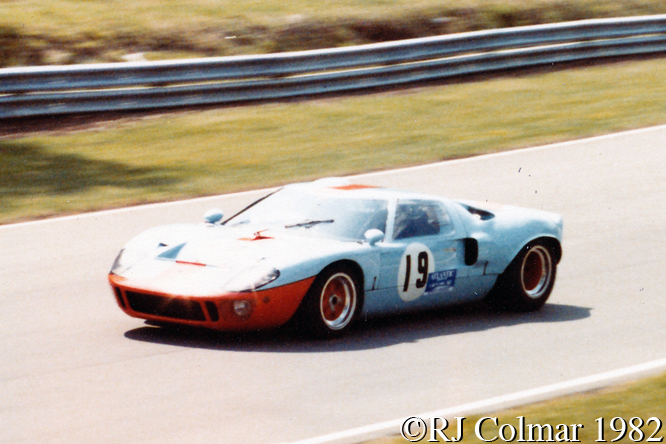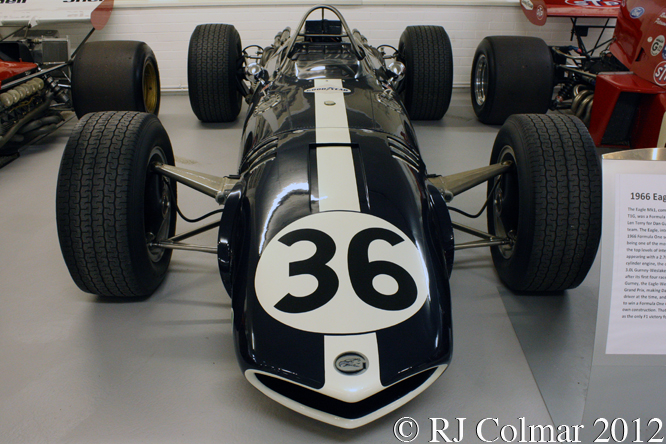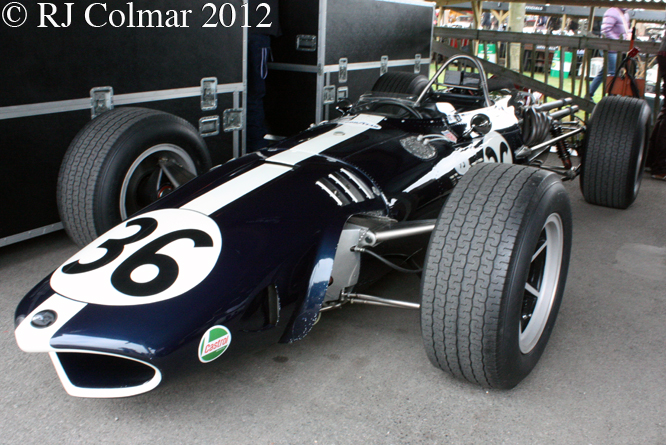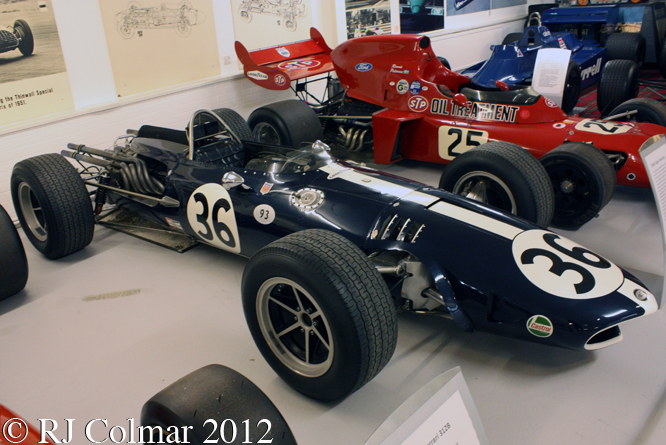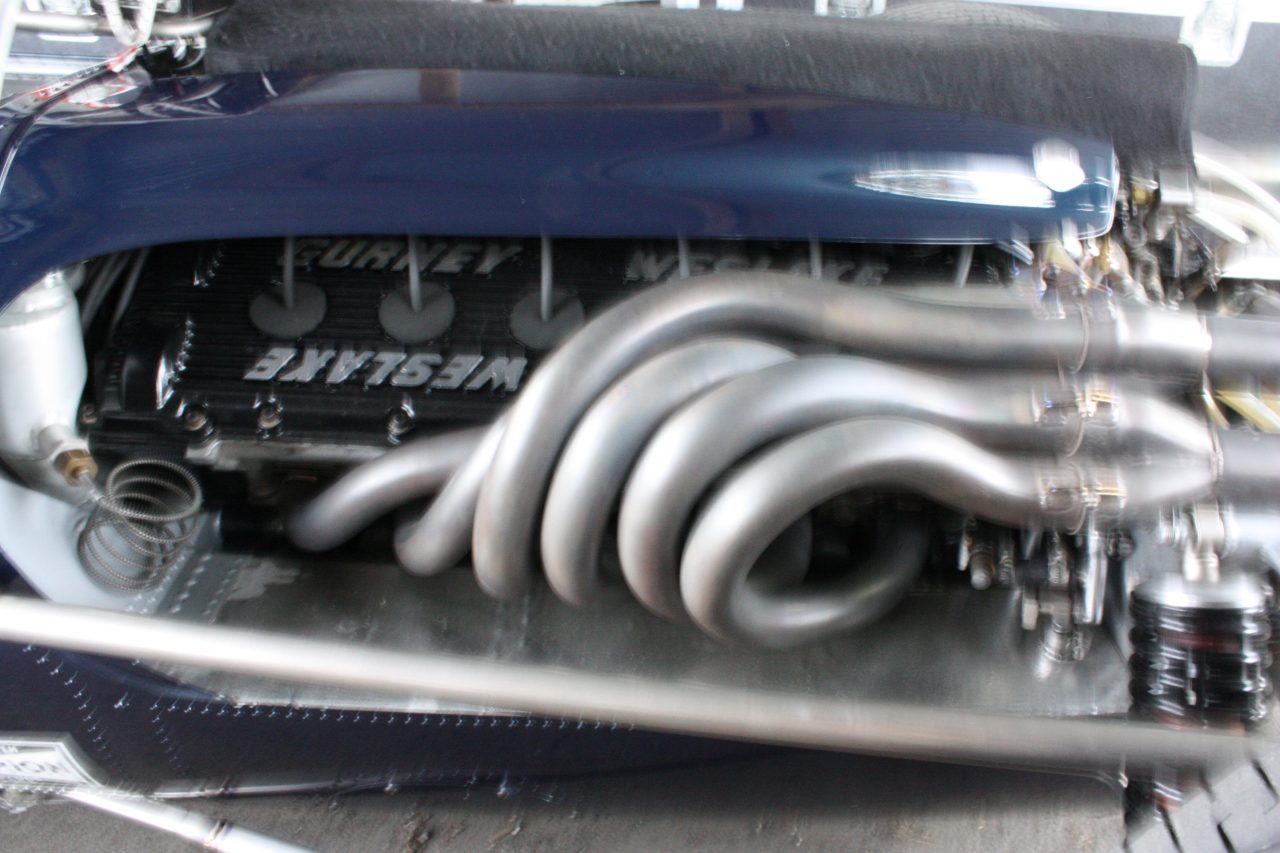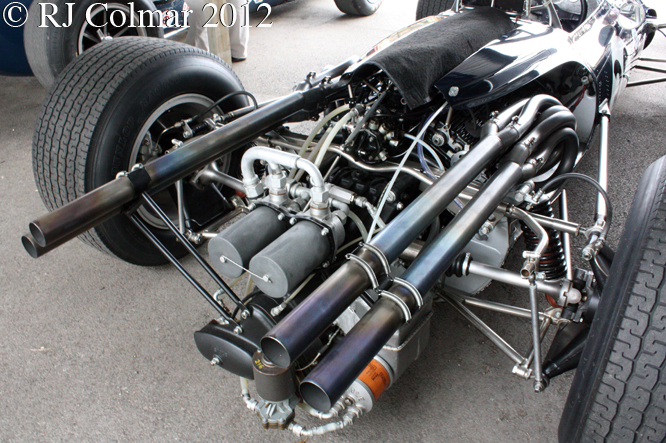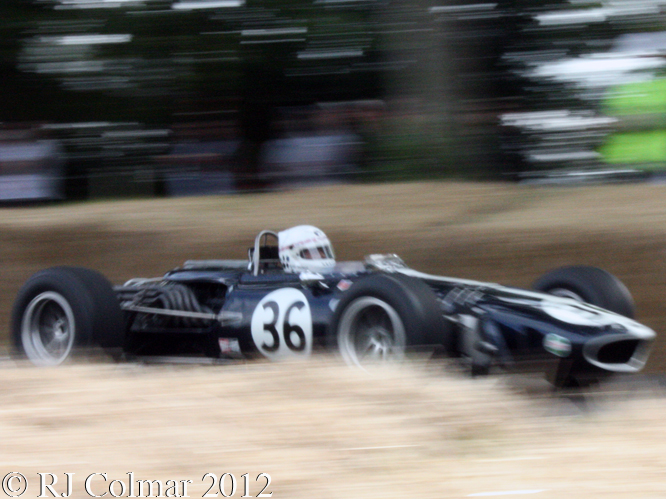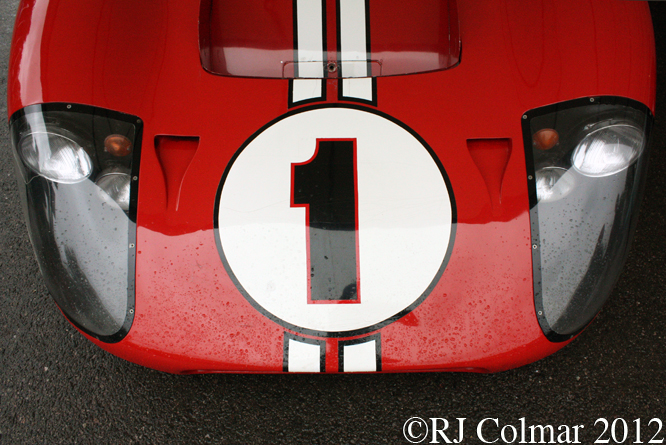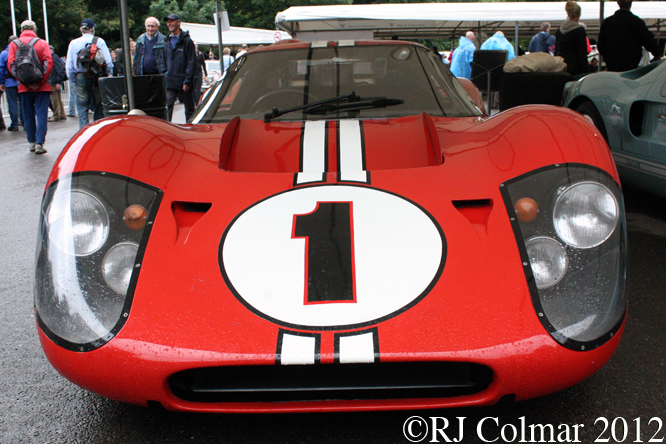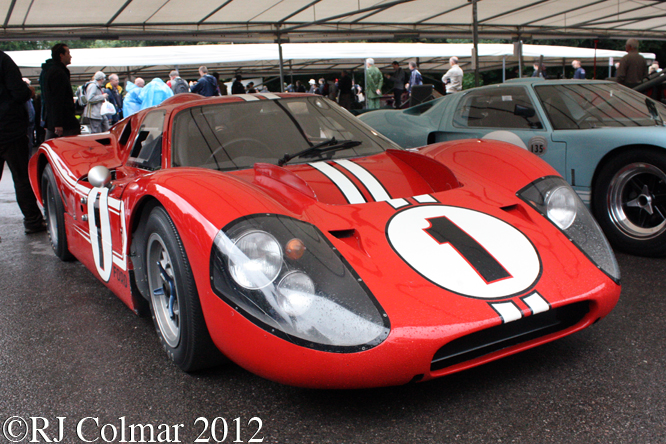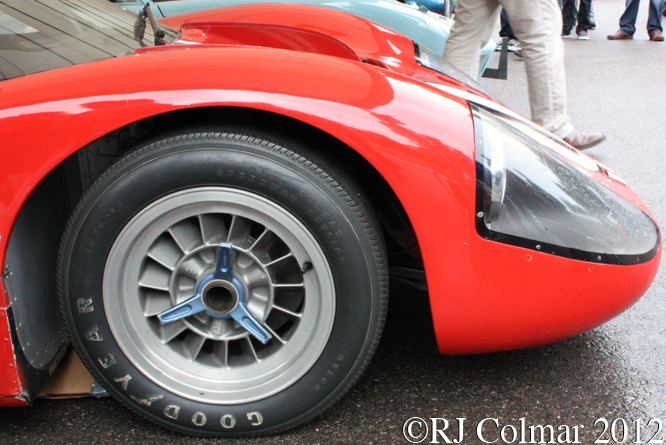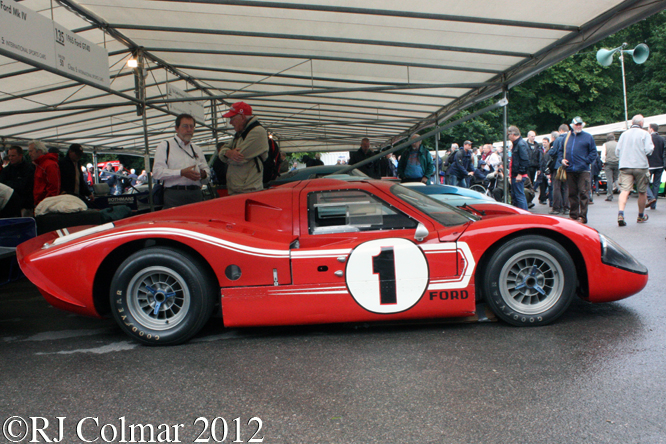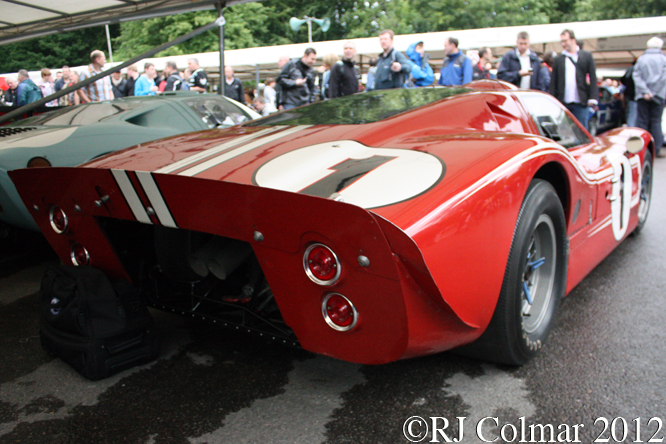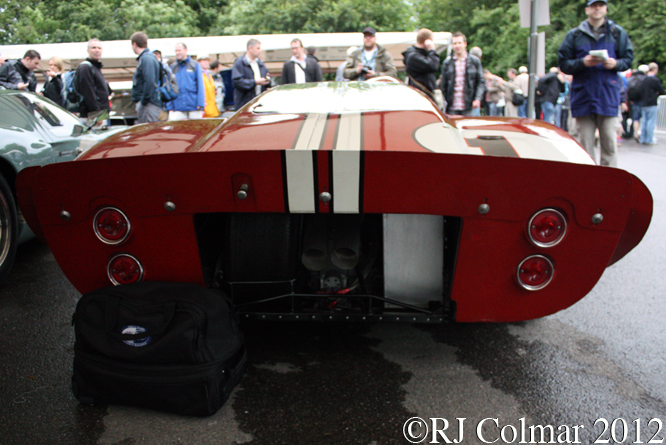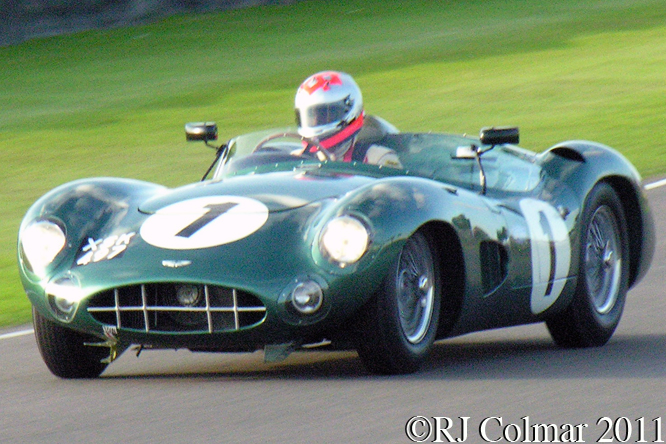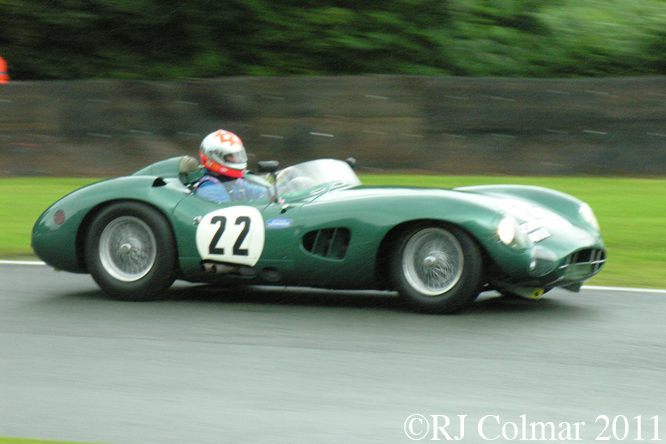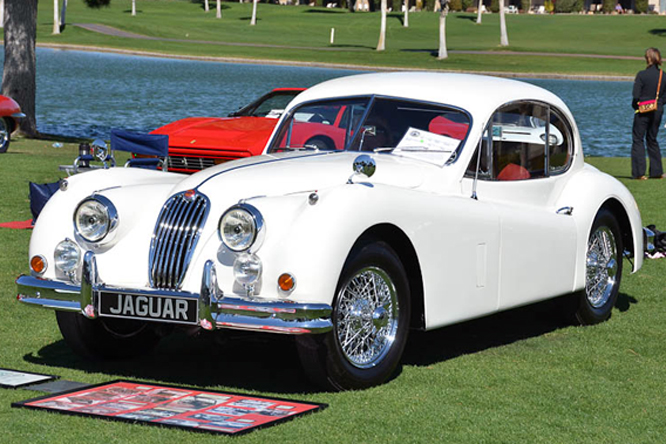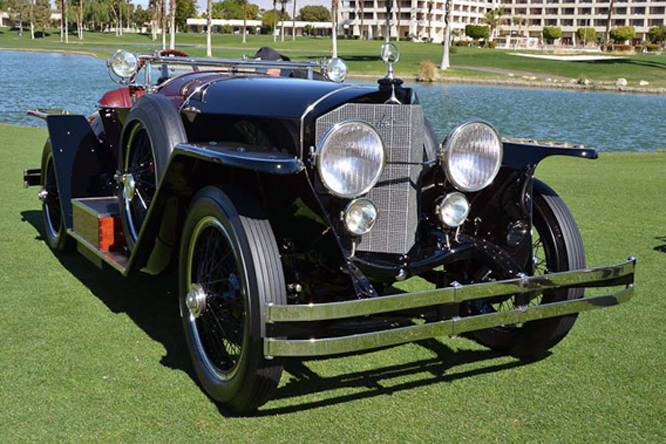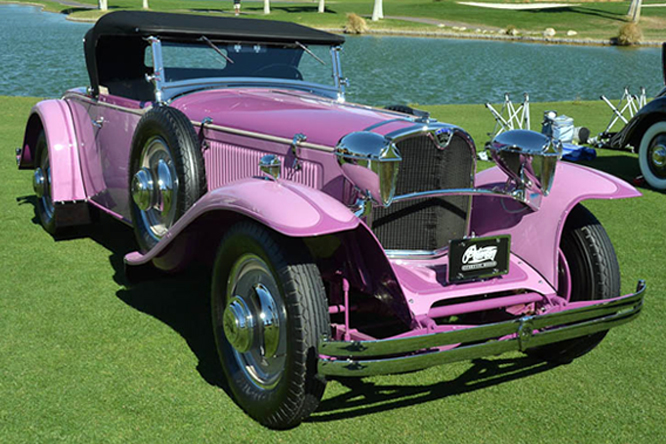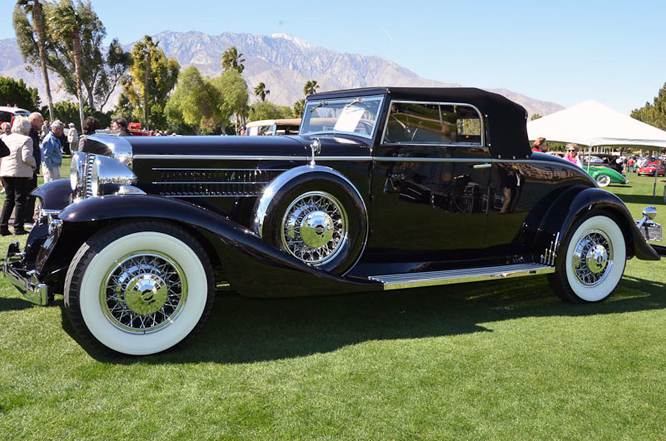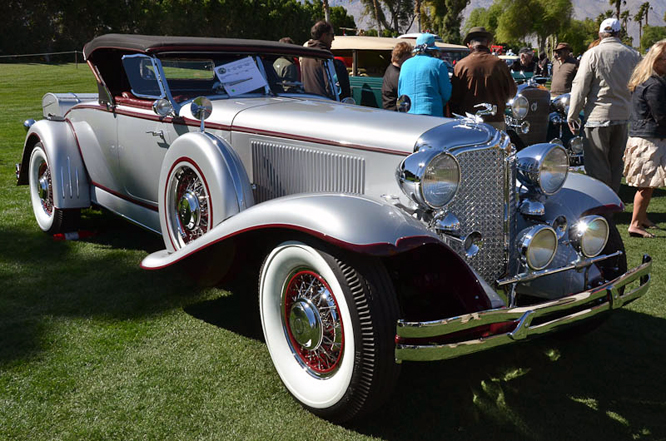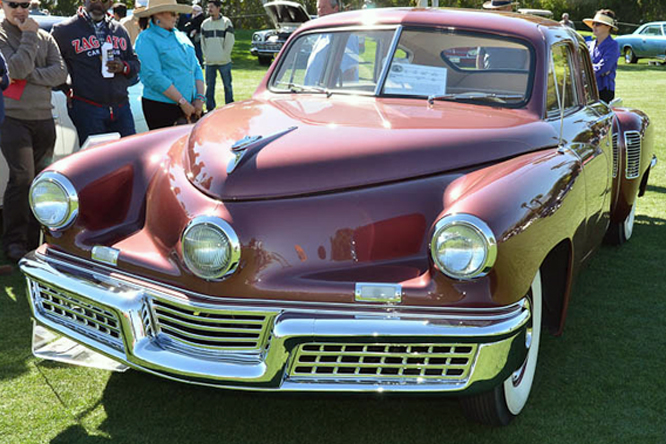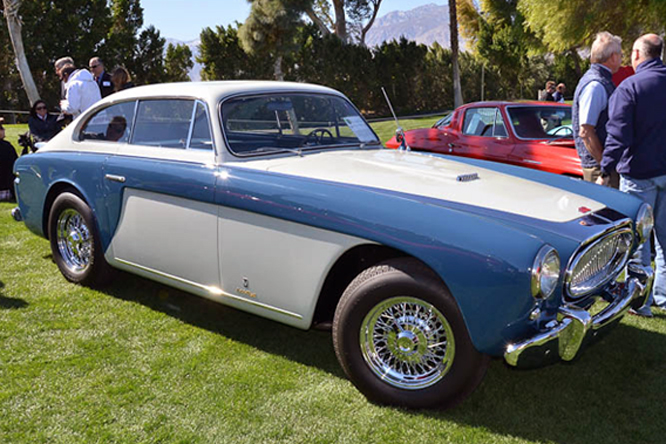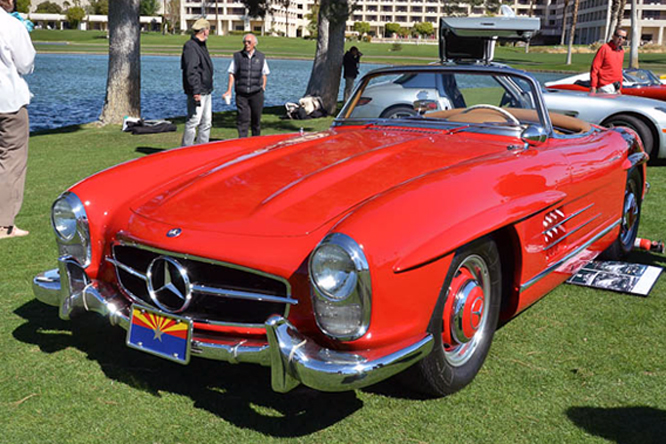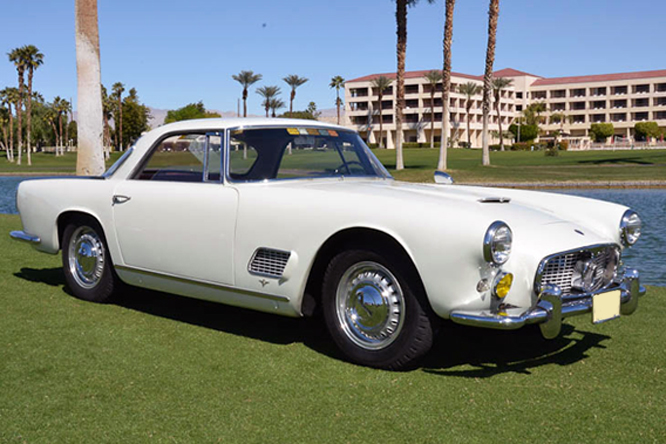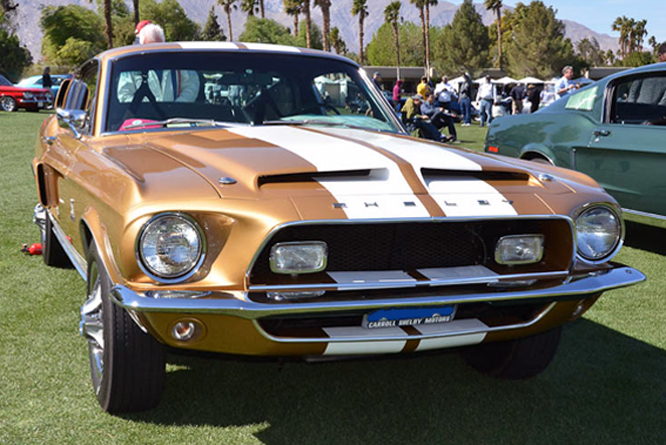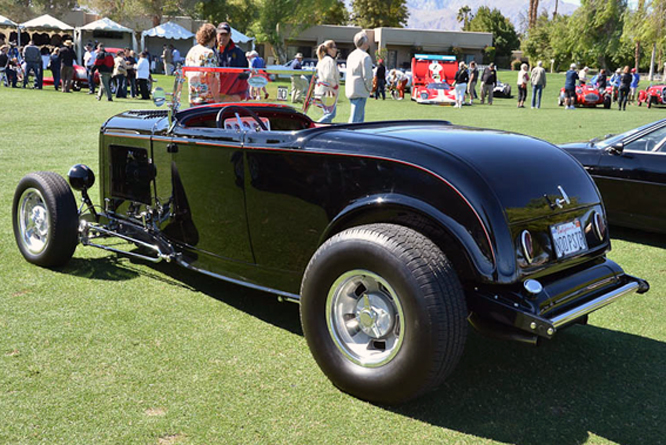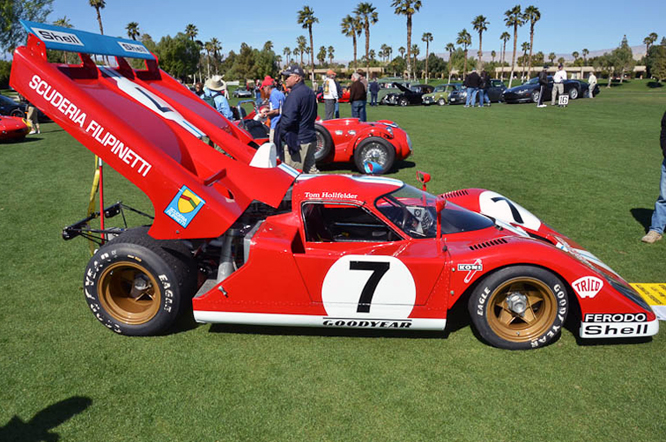I thought it would be fun to give the pick ups, commercial and agricultural vehicles that have been a feature of Monday’s posts and restyle the day Maserati Monday, bookend the working week with two Italian marques can’t be bad, can it ?
Of the seven World Drivers Championship era’s perhaps the most romanticised is the 3rd from 1954 to 1960 when the rules mandated 2.5 litre / 152.5 cui motors to replace the 2 litre / 122 cui Formula 2 motors that had been used to determine the 1952 and 1953 World Drivers Championships.
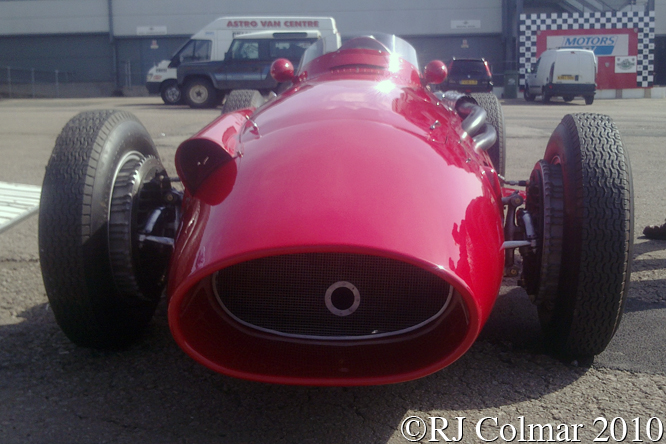
If one car epitomises the era more than other then it is the Maserati 205F versions which took part in the very first and very last championship race of the era winning the first the 1954 Argentinian Grand Prix in the hands of Juan Manuel Fangio and being long since surpassed by the rear engined cars from Cooper and Lotus when Robert Drake soldiered away to a 13th place finish in his Joe Lubin entered 250F, 7 laps down on the winning Lotus Climax driven by Stirling Moss in the last race of the 2.5 litre era the 1960 US Grand Prix.
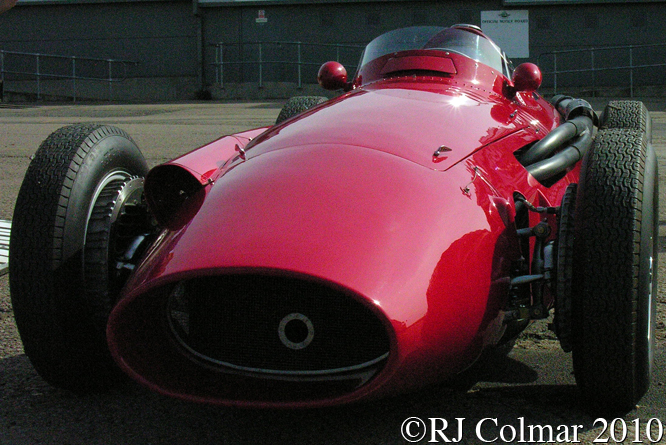
Apart from the 8 World Championship Grand Prix won by 250F variants, bettered only by Mercedes Benz with nine victories, while the 250F clocked up an unequaled 23 non championship Formula One race victories in the same era.
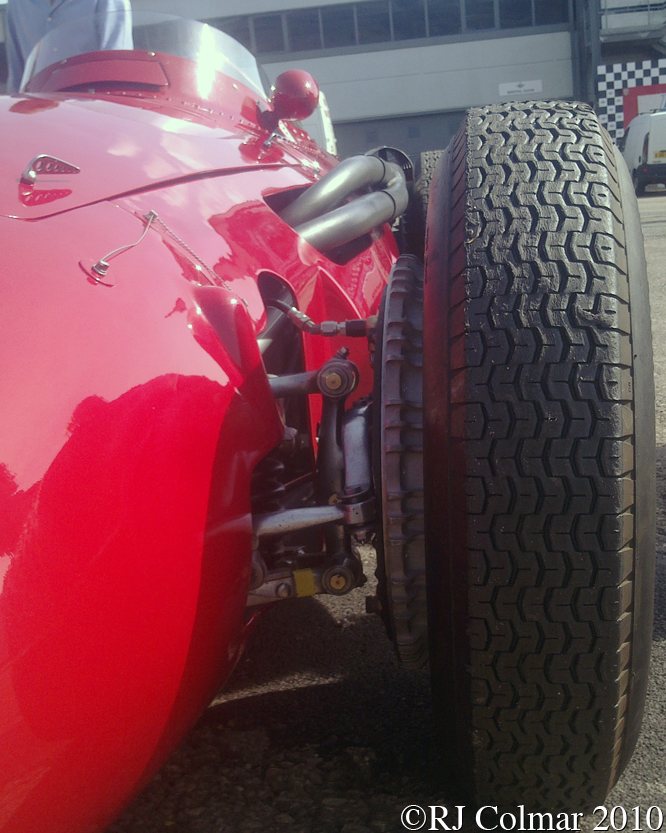
Most of the twenty six 250F’s built led hard racing lives and consequently have complicated histories today’s featured car #2507 is no exception having originally been bought by Gilbey Engineering for Roy Salvadori to drive in 1954. Roy one a non championship race at Snetterton with the car and scored many other podium placings before he crashed at Oulton Park which led to the car being returned to the Maserati factory for repairs.
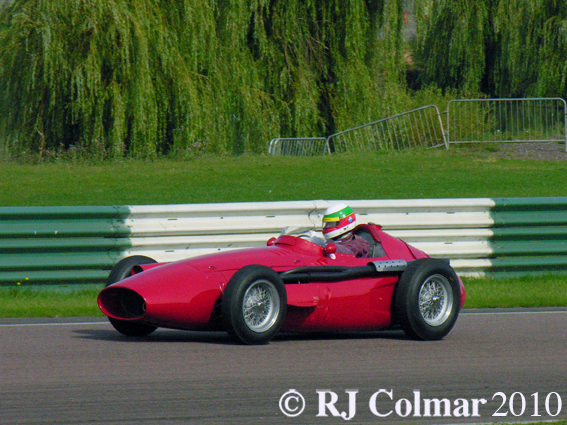
Maserati replaced the chassis of 2507 and sent it back to Gilbey Engineering an now it get’s complicated, the Gilbey car was eventually retired after Ivor Beub had raced it, but the damaged Gilbey chassis was repaired and given a new identity #2523 for the 1956 season in which Bristol’s Horace Gould drove the car in the Belgian Grand Prix and Piero Taruffi in the French, on each occasion it retired.
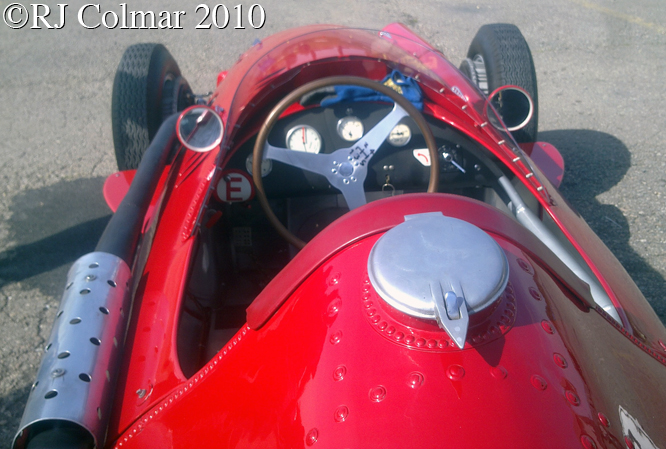
In 1957 #2523 was rebodied and given a the identity #2522 and from then until 1959 it was driven by a dozen different drivers, including Taruffi, Gould, Harry Schell, Masten Gregory, Ivor Bueb, Hans Herrmann, Joakim Bonnier, Wolfgang Seidel, Carroll Shelby, Cliff Allison, Hernando da Silva Ramos and Fritz d’Orey of which Harry Schell scored the best result a second place in the non championship 1957 Grand Prix de Pau.
By 1960 #2507/23/22 had been shipped to Brazil Gino Munaron raced it at least once before selling it on, eventually the car was fitted with a Chevrolet V8 before being brought back to Europe by Colin Crabbe in 1972. The current owner, Jose Albuquerque seen enjoying the car at a Mallory Park test day a couple of years ago, acquired #2507/23/22 in 1999.
My thanks to David McKinney, Michael ‘Tuboscocca’ Catsch, John Winfield, Allan Luton and Alan Cox at the Nostalgia Forum for their patience and understanding answering my questions and not least to Tim Murray who kindly lent me a copy of David McKinney’s excellent book ‘Maserati 250F‘ which is as good as it get’s in print on the subject of these wonderful cars. New evidence is always being shed on the stories of these cars so if you know different to what is written above, please do not hesitate to chime in below.
Thanks for joining me on this “Maserati Monday” edition of “Gettin’ a li’l psycho on tyres” I hope you will join me again tomorrow when I’ll be starting the first in a series of Bugatti blogs. Don’t forget to come back now !


